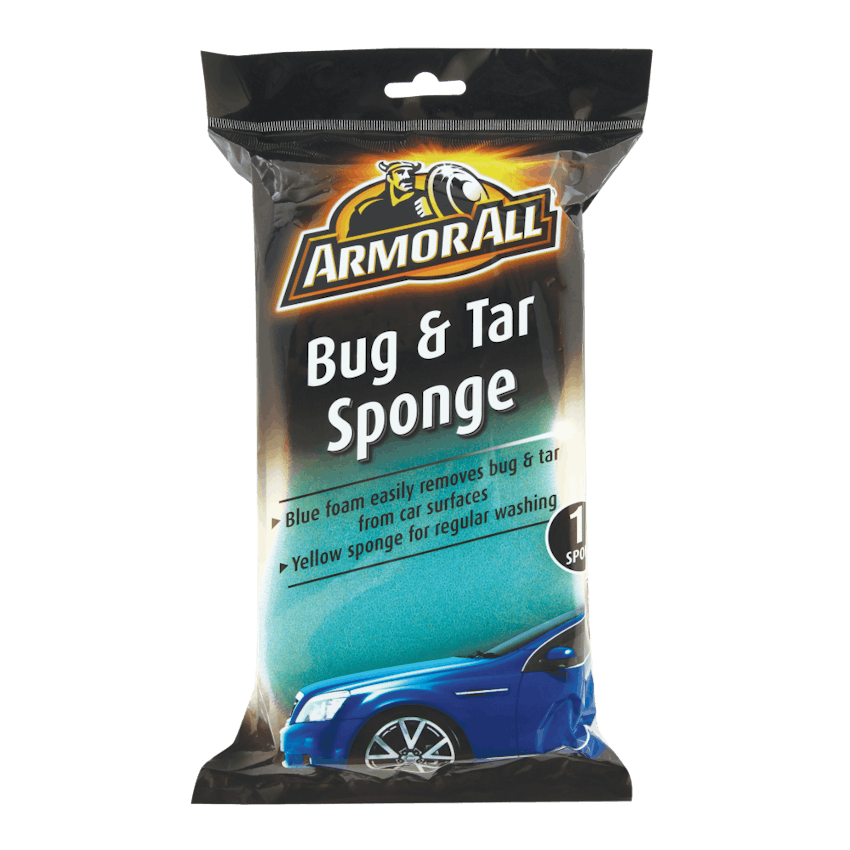Interior Tips
How to clean car upholstery

- Knowing how to clean car upholstery the right way will help maintain the natural beauty of your car
- Use a specialized shampoo to clean your car’s carpets to better remove dirt and banish odors
- Conditioners will keep your leather car seats supple and smooth for longer
Knowing how to clean car upholstery is important, as it takes up a significant portion of your car’s interior and gets lots of wear and tear. Your car’s seats, carpets, and floor mats all get dirty and stained, so regular maintenance is key.
With regular car care - like frequent vacuuming and periodic treatment with shampoo or a spray-on or wipe-off cleaner – you can keep your upholstery fresh and car looking new. Read on for tips on how to better maintain your car interior.
How to clean car carpet and fabric
Knowing how to clean your car’s carpets can be the biggest game changer in banishing odors from your car. Start with a carpet and upholstery cleaner, available as household or automotive-specific spray or foam, which contains detergents and surfactants that penetrate fabric and loosen dirt and stains for removal with the wipe of a cloth.
Besides removing stains, carpet and upholstery specific cleaners help bring back the original color, appearance, and soft, plush feel of your car’s fabric interior. One thing to consider in knowing how to wash the car’s carpet is using a 2-in-1 cleaner and odor neutralizer, as unpleasant smells can overwhelm a car’s interior.
Using car upholstery shampoos
First, thoroughly vacuum the upholstery. Use any number of household or automotive shampoo products, but make sure you have access to a wet/dry vacuum. They can often be found at coin-operated car washes.
Moving in a circular motion, use a scrub brush to work suds into the upholstery. Using as little water as possible, make sure to completely rinse the suds from the upholstery before vacuuming with a wet/dry vacuum.
Removing stains from your car’s interior
For best results when removing stains on car upholstery, take action immediately before they can set in. Blot the affected area with a white paper towel to remove as much excess liquid or residue as possible. If the spot has dried, saturate the area with water before blotting.
Then spray the affected area with a mild detergent or a car carpet cleaner, and use paper towels to blot the product into the stain. Be sure to spot test any cleaner in an inconspicuous area before using.
Let the product stand for a few minutes or as directed by the label instructions.
For best results, place paper towels over the cleaned area and cover with a weight such as a brick. This will help soak up excess moisture and any remnants of the stain. Finally, wipe the area with a clean cloth or vacuum when dry.
How to clean car leather seats
Leather requires a fair amount of maintenance to keep it looking its best, as it stains easily, dries up over time, and can be damaged by UV rays. So, it’s important to know how to clean leather seats so they maintain their quality and freshness.
Products created especially for leather contain cleaning agents, conditioners, and UV blockers to clean, moisturize, and protect the leather - keeping it soft and supple. Be sure to test any product you use on an inconspicuous spot for color fading before using it on your seats, door panels, consoles, and dashboards.
Cleaning your car’s leather
An important thing to know about how to protect leather car seats is how to keep them free of dust and lint to maintain its new car look. As dust and dirt settle into creases, they can make leather appear coarse.
To clean leather, use saddle soap or another cleaning product specially designed for leather. Do not use an all-purpose cleaner on leather.
In addition, you may use the leather cleaning product to treat stains. See the product label for details. Spots and scuff marks can sometimes be removed with a pencil eraser, especially on lighter leather.
Conditioning and protecting leather in cars
After cleaning car leather seats, dress them with a leather conditioner or protectant to prevent drying and cracking. Again, make sure the product is specially designed for leather.
Leather protectants typically provide protection from spills, stains, and/or sun damage by including UV blockers/inhibitors that combat fading and premature aging.


















